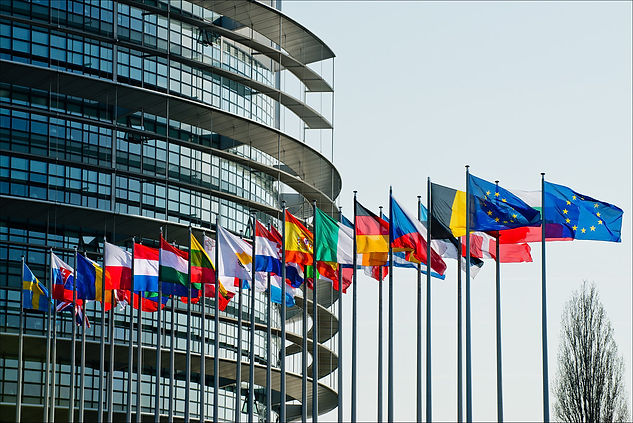top of page

CAP: What is it?
The Common Agricultural Policy has its origins in the Treaty of Rome from 1957 when the European Economic Community was created. A few articles of this treaty were devoted to the Agricultural sector.
Given the precarious state of the agricultural sector after the Second World War and at the insistence of French diplomats a legal framework (including aid plans among other measures) was put in place and named the Common Agricultural Policy. Its main goals were to support farmers and protect the rural economy [42]. CAP has since seen many reforms and alterations in an attempt to keep the policy-relevant in the ever-changing socioeconomic landscape.
Below you can find an overview of topics that relate to CAP.
CAP
bottom of page